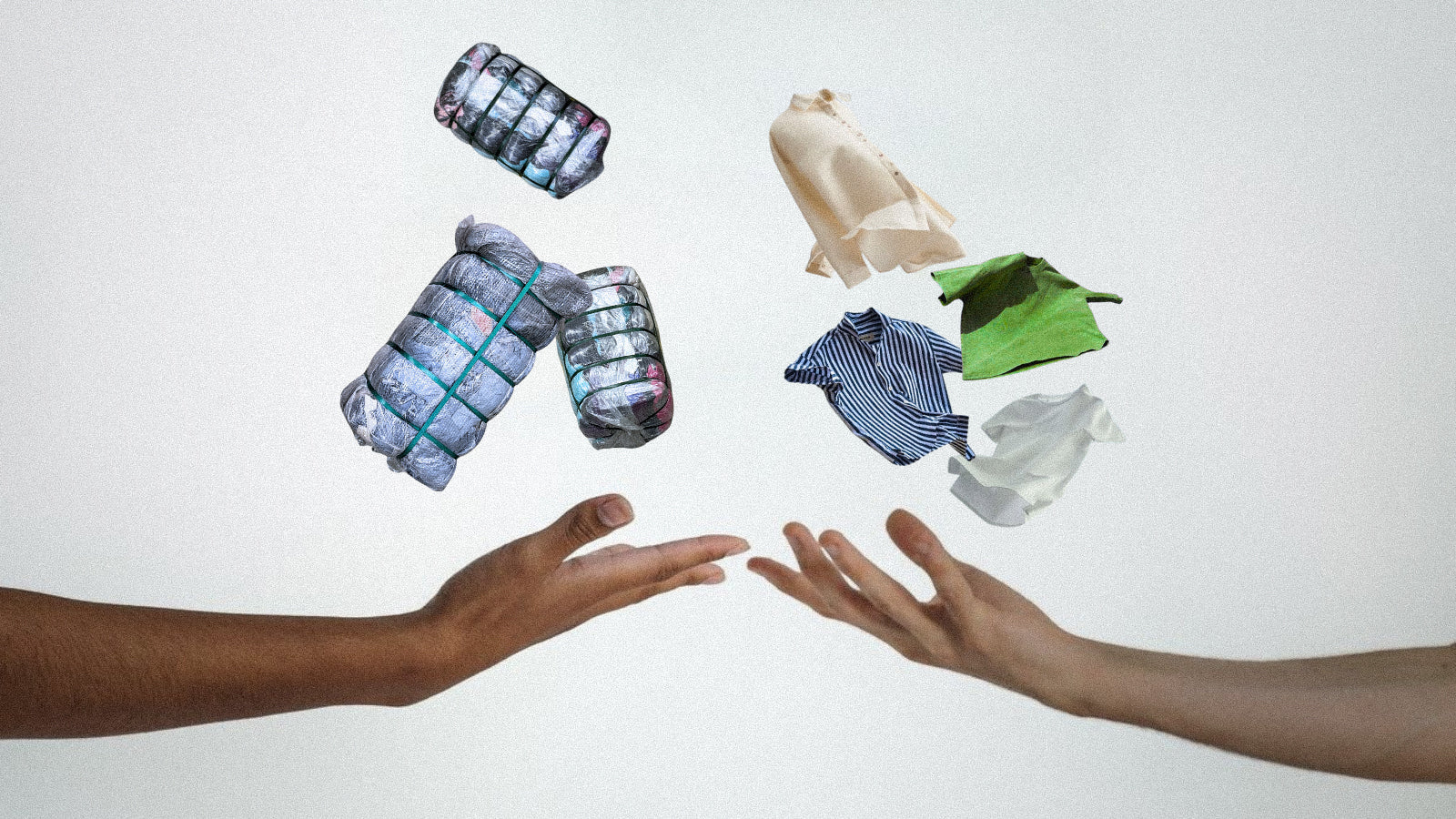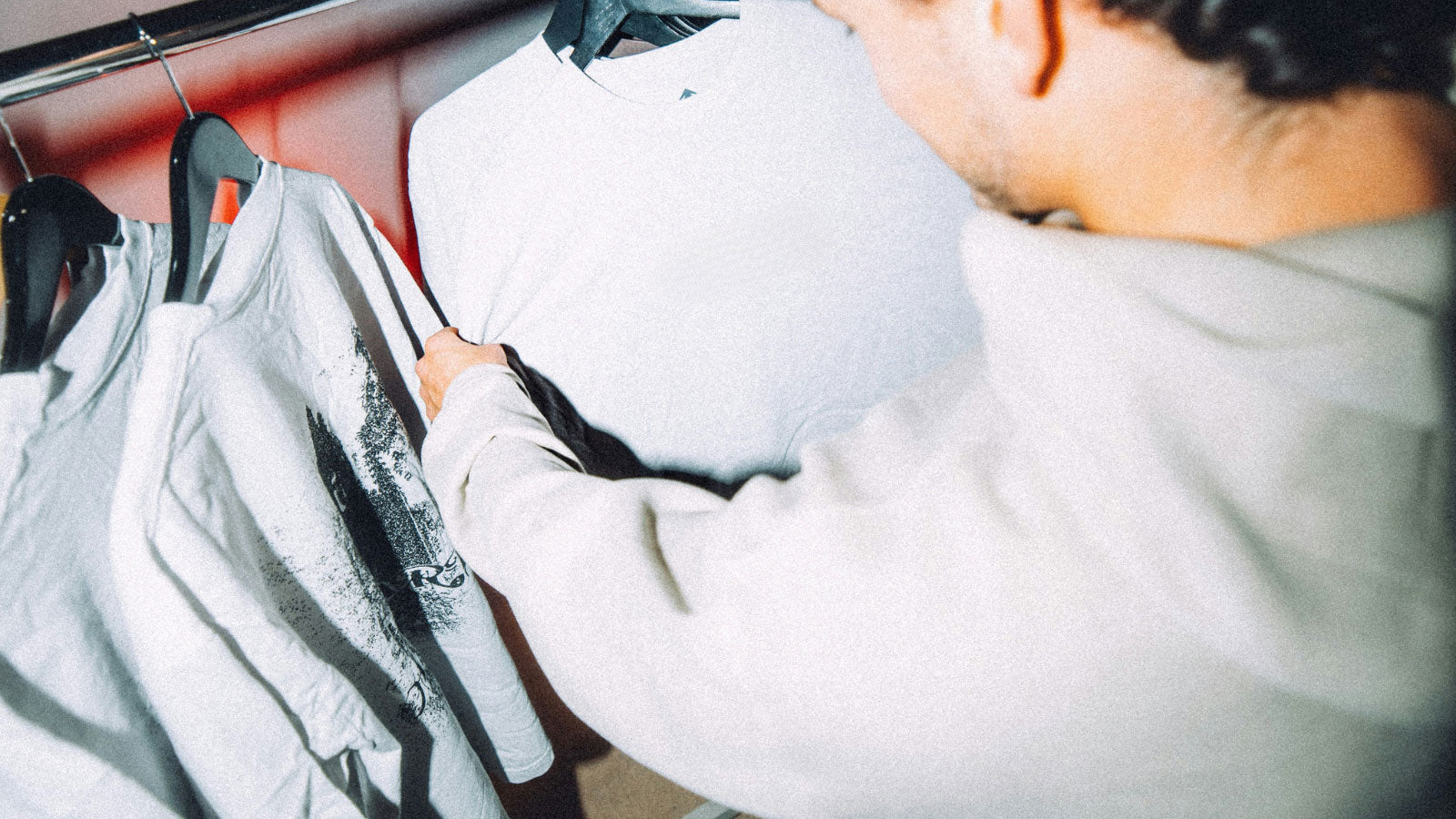Mistakes to avoid when buying vintage clothing lots
Buying vintage clothing lots is an excellent strategy for entrepreneurs looking to get started in the buying and reselling business. However, to succeed, you need to be aware of some common mistakes and avoid them. Here are the key points to consider to optimize your purchases and ensure your business's profitability.
1. Not understanding the structure of a batch
When buying a vintage clothing lot, it's important to know that a Grade A lot doesn't mean every piece will be worth a lot. Typically, a few high-value items are enough to make the purchase profitable, while the rest represents the profit. Therefore, you need to be strategic and flexible with the pricing of the rest of the lot.
2. Not analyzing labels and brands
Not all vintage clothing is created equal. Knowing how to read labels, recognize materials, and identify sought-after brands can help you optimize your selection. Some pieces from long-gone brands or rare collections can be worth much more than items from mainstream brands.
3. Working with the wrong supplier
Choosing the right supplier is crucial. The larger the supplier, the less time they will take to process small orders. If you're just starting out, it's best to work with a wholesaler that offers good customer service. Establishing a trusting relationship with your supplier and understanding how they operate is essential for securing your purchases and ensuring you receive batches that are right for your business.
4. Ignoring seasonality
Vintage clothing also follows seasonal trends. Buying coats in the summer or shorts in the winter can reduce resale speed. Anticipating the seasons and adjusting your inventory accordingly is a winning strategy.
5. Setting your prices incorrectly
Respecting market prices is essential. A price that's too high will slow sales, while a price that's too low will reduce your margin. It's important to study the prices charged on the platforms and adjust yours accordingly.
6. Don't accept loss
Within a batch, there will always be less profitable or even unsaleable pieces. This is a reality of the industry. However, diversifying your sales channels maximizes the chances of selling each piece.
7. Not diversifying your sales platforms
Each platform attracts a different type of customer. A piece that doesn't sell on Vinted might find a buyer on Depop, eBay, or Instagram. Developing a multi-platform presence increases profitability.
8. Only sell what you like
A good salesperson must put aside their personal tastes. It's essential to identify what sells well rather than focusing on personal preferences.
9. Follow the crowd without standing out
Some products are oversaturated on the market. Finding less common pieces, playing with sought-after colors, and developing a unique offering can make all the difference.
10. Neglecting photos and posting frequency
Sales platforms work like social media: the more regularly you post with a good engagement rate, the more visible you'll be. It's therefore better to spread out your posts rather than posting everything at once.
11. Believing that buying and selling is simple
Buying and reselling isn't enough. You need to know how to showcase your products, write compelling descriptions, and set competitive prices. Additionally, large accounts with large volumes have more leeway on pricing. So avoid selling items that appear in large quantities on their site.
Conclusion
Buying vintage clothing lots is a profitable strategy, but it requires careful analysis and smart management. By avoiding these mistakes, you maximize your chances of success and ensure the growth of your business.
At TAGZ, we make your success easier by offering carefully curated lots, dedicated support, and complete transparency about our products. Thanks to our expertise, you have access to a selection of quality vintage clothing, tailored to market trends and expectations.
Partnering with TAGZ means choosing a supplier who understands the needs of resellers and is committed to providing you with the best opportunities to grow your business. Join us and give your business the boost it deserves!



Share:
Grade A, B, C: Everything you need to know about vintage clothing
Buy in bulk or hunt piece by piece? The vintage sourcing guide for your business